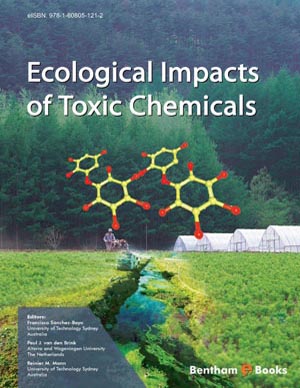Abstract
SHS investigation development is considered from the geographical and historical viewpoint. 3 stages are described. Within Stage 1 the work was carried out in the Department of the Institute of Chemical Physics in Chernogolovka where the scientific discovery had been made. At Stage 2 the interest to SHS arose in different cities and towns of the former USSR. Within Stage 3 SHS entered the international scene. Now SHS processes and products are being studied in more than 50 countries.
Abstract
Metals and metalloids are elemental substances that occur naturally in the Earth's crust, and are variously incorporated into biological systems as structural components or proteins. Imbalances in the environmental concentrations of several metals present a challenge to ecosystems because the species that form part of these ecosystems are often not equipped to regulate internal concentrations of these elements, or employ detoxification mechanisms that serve to biomagnify these elements in the food chain. This review examines the trophic movement of metals and metalloids within terrestrial ecosystems and the consequences of biomagnification and toxicity on populations. Several elemental contaminants are given special emphasis, including copper, zinc, arsenic, selenium, molybdenum, cadmium, mercury and lead. All these elements are of high historical importance and continue to be deposited within the biosphere.
Recommended Chapters
We recommend

Authors:Bentham Science Books


 Download PDF Flyer
Download PDF Flyer



